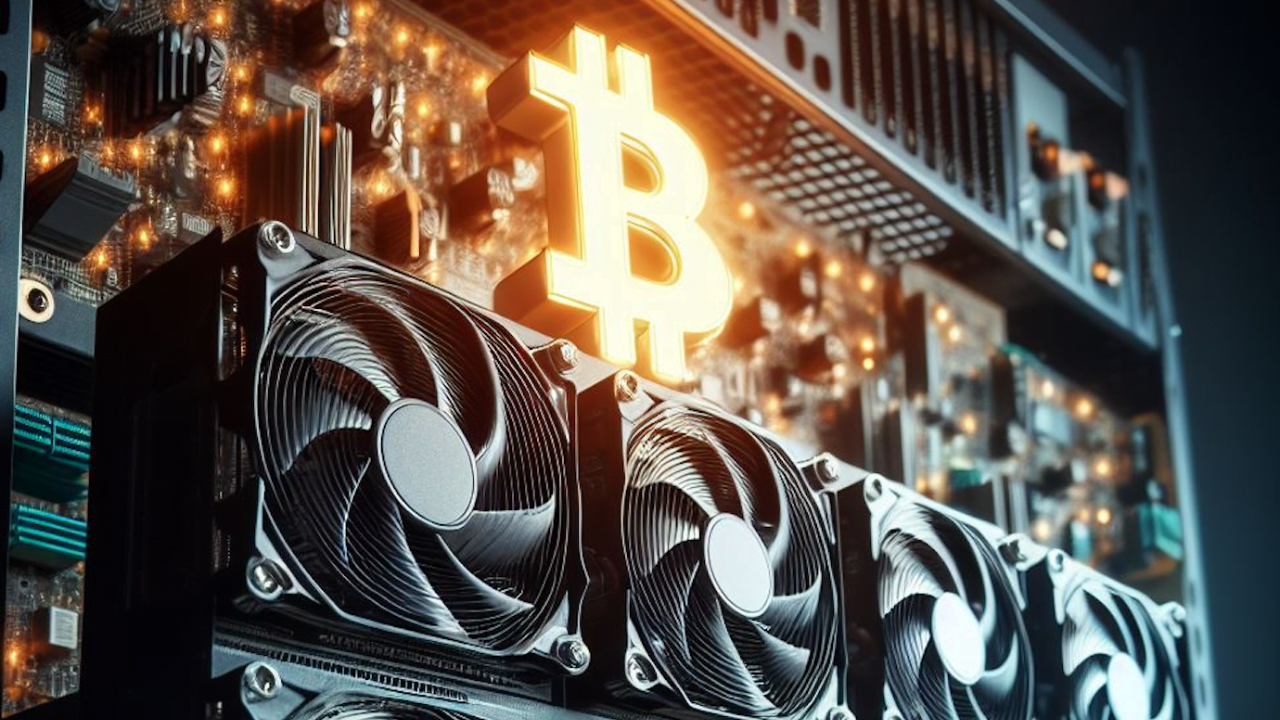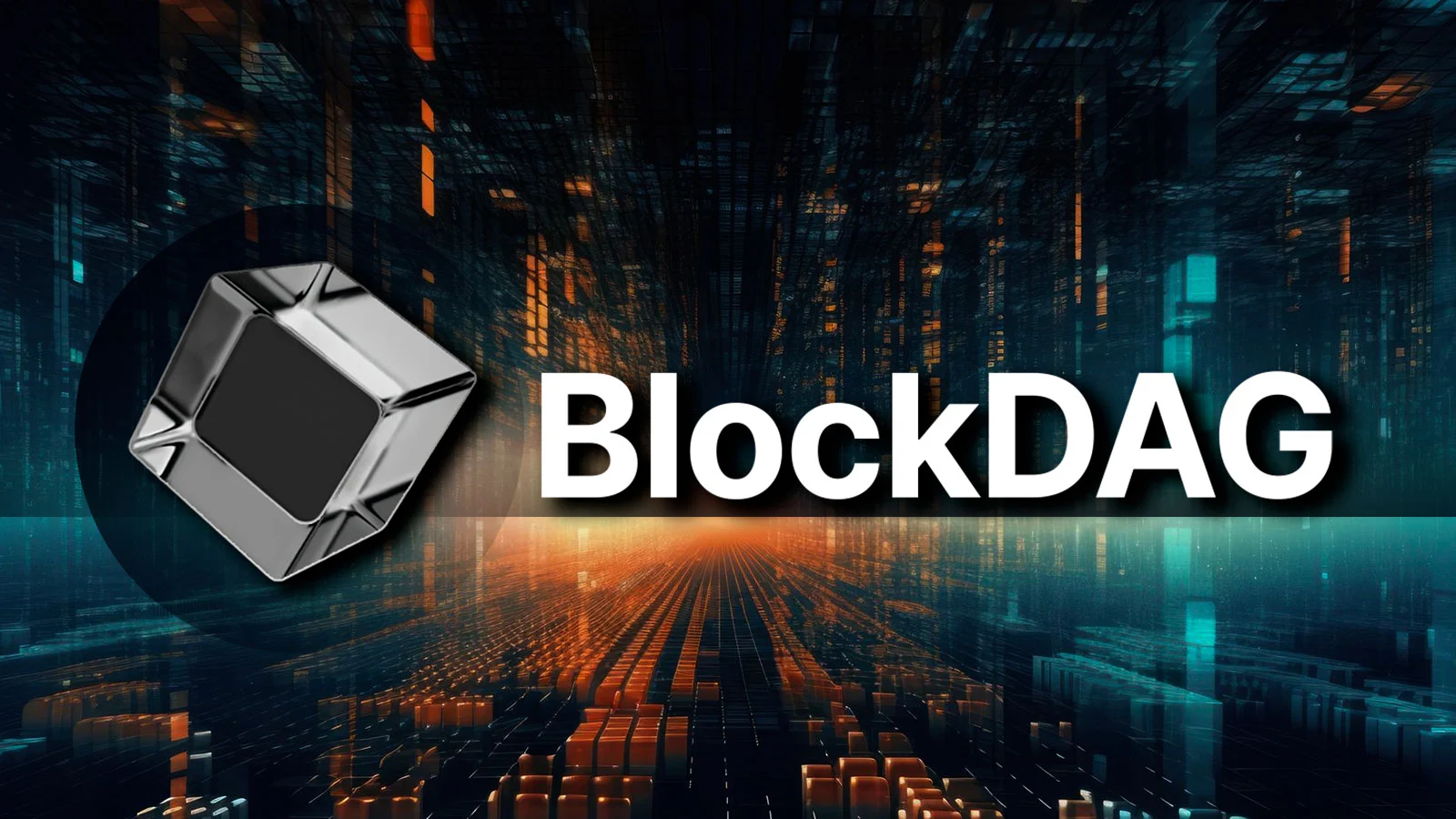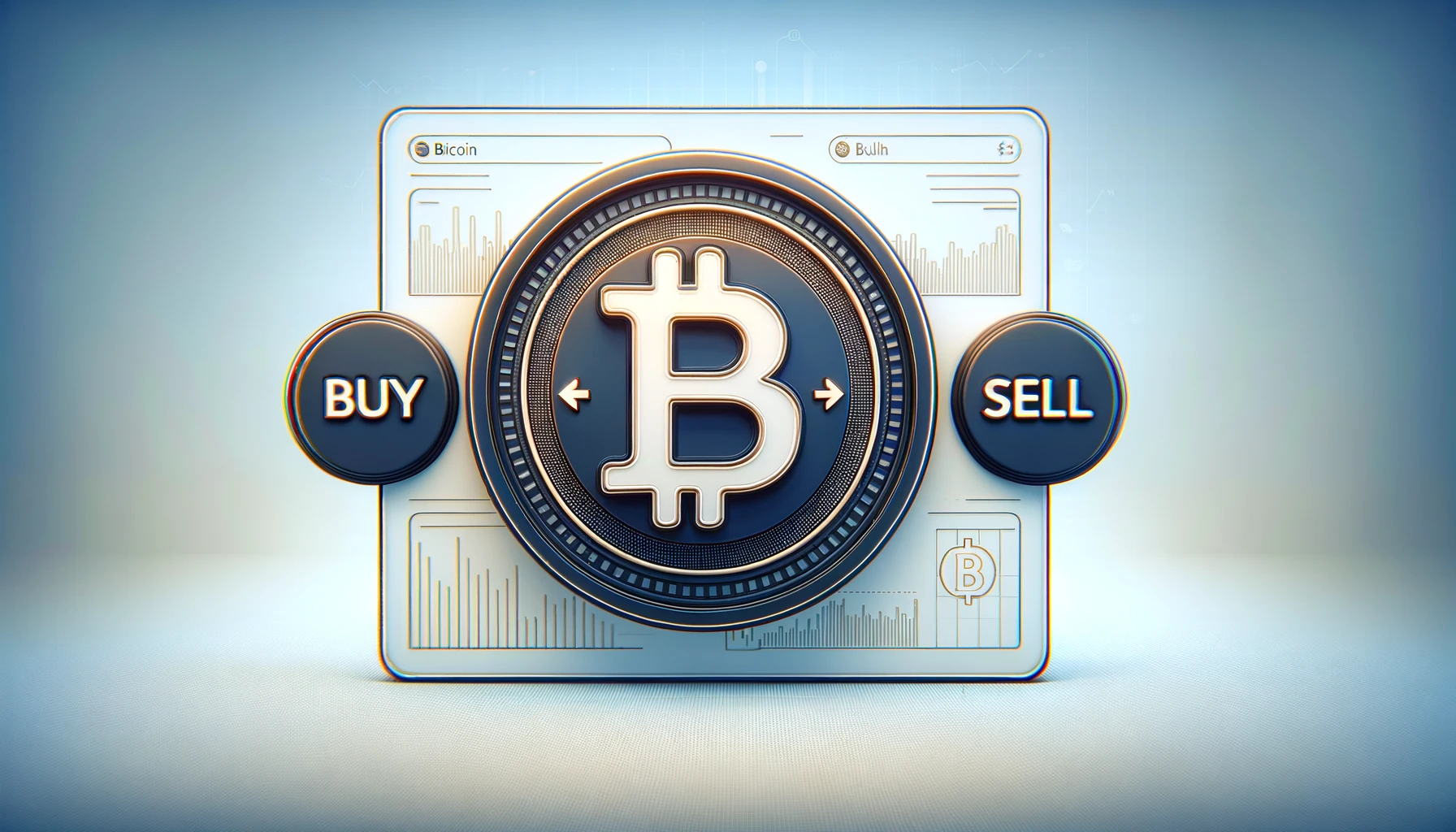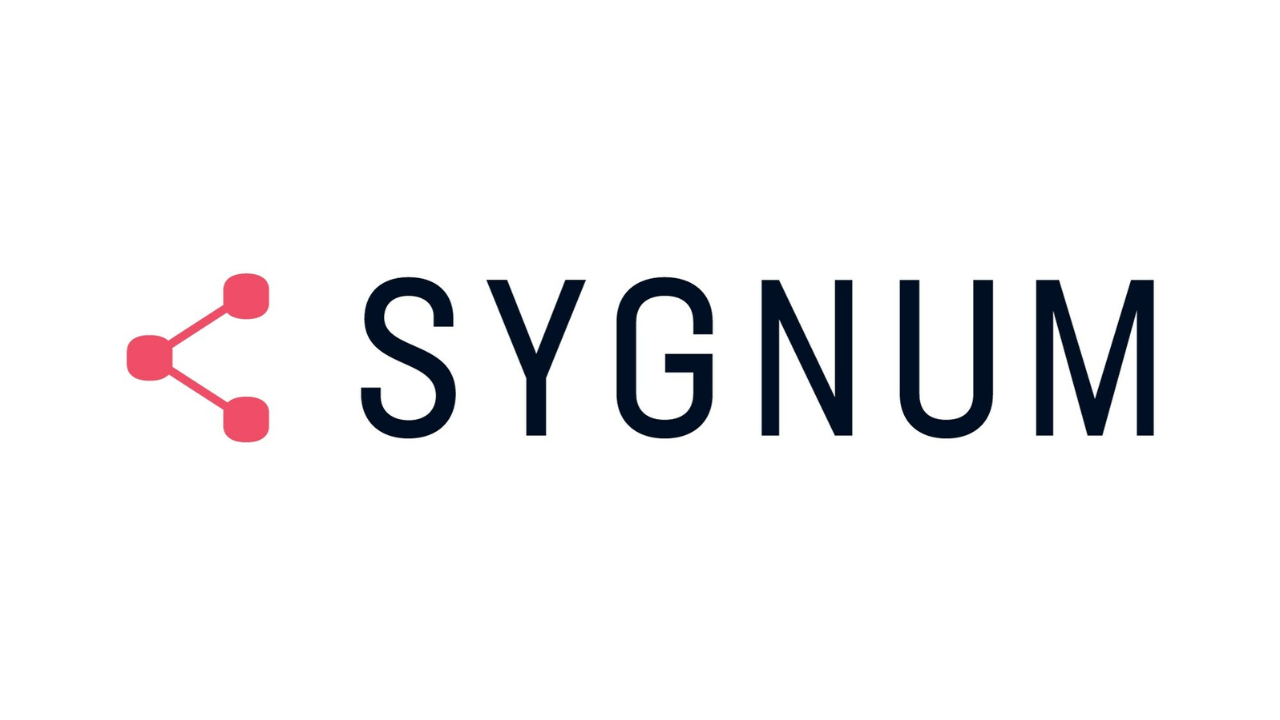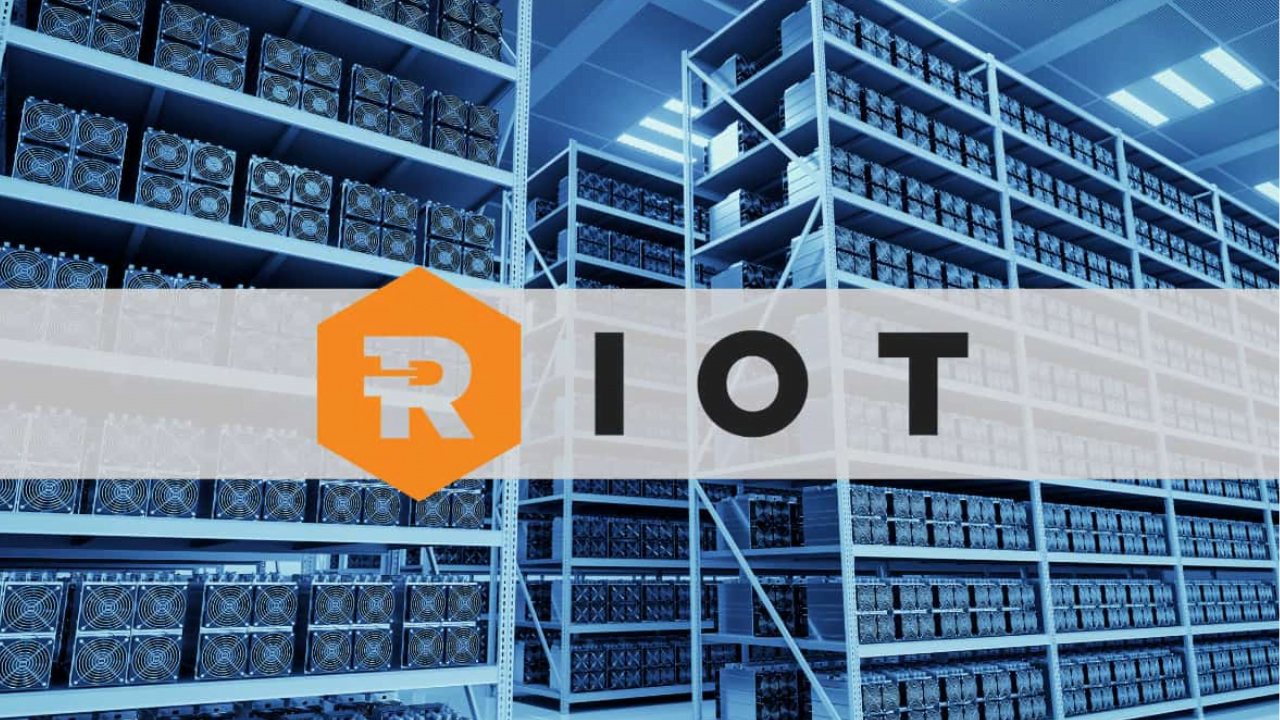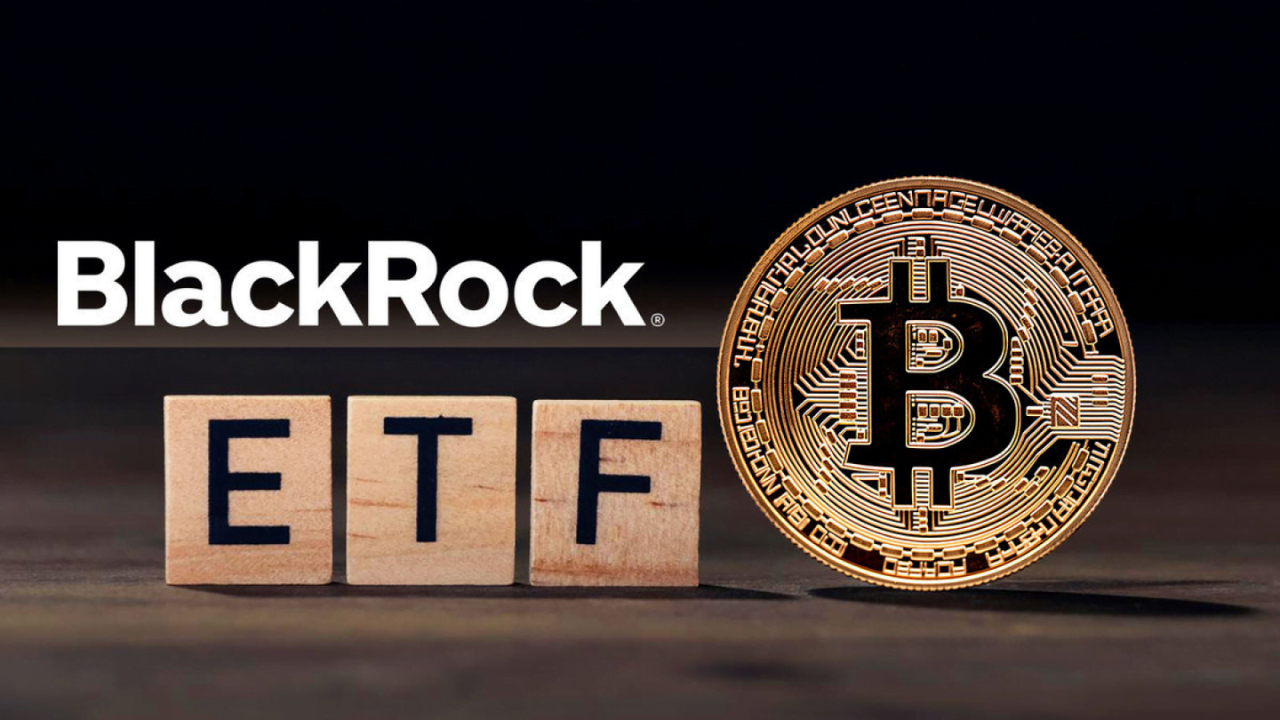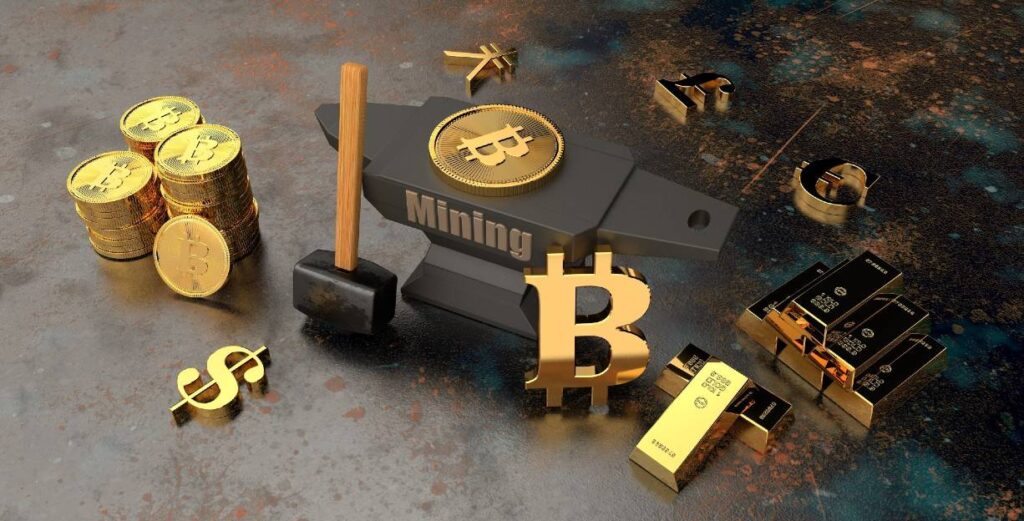
By challenging the traditional investing products, cryptocurrencies have been dominating the global financial landscape for the last decade in more than one way. Moreover, thanks to its distinctive infrastructure and high inherent potential, this nascent asset class provides multiple opportunities to financial enthusiasts.
For instance, besides the standard buying/selling of tokens, crypto mining is one of the most feasible ways to earn a side income via cryptocurrencies. (applicable only for proof-of-work blockchains)
That said, if you are interested in learning how to mine cryptocurrency, this article will explore all aspects of this domain, including how to mine cryptocurrency, its possible complications, and whether it is a profitable venture overall.
Table of Contents
ToggleWhat is mining?
Mining refers to a process by which new transactions or coins are validated and added to the respective blockchains. As the kernel of decentralization, crypto mining involves a large network of distributed computers and operating systems that creates and verifies new blocks, maintaining the integrity of a proof-of-work network.
Technically, they do so by solving complex computational puzzles in order to find the right “hash,” a 64-digit hexadecimal number. In return for dedicating their resources to solve such problems, miners are rewarded with the same cryptocurrency they were validating. However, only one miner, which first solves the problem, gets the bounty per block, and the process continues.
Fundamentally, this mining cycle is essential to maintain the functionality of PoW blockchains and prevent double-spending of coins as no central authority is associated.
Bitcoin, the original proof-of-work-based cryptocurrency, is the most popular asset eyed by worldwide players to earn mining rewards. But with the increasing requirements of Bitcoin mining, retail investors are also moving towards easy-to-mine cryptos like Monero and Dogecoin. For better illustration, here we have considered Bitcoin to explain the mining steps. Let us look at what is Bitcoin mining, its necessities, and how to mine Bitcoin.
How to mine Bitcoin?
Bitcoin mining means validating and minting new blocks in the Bitcoin blockchain to sustain the network. While BTC mining was possible via simple computers and graphic cards in the past, things have significantly changed now with the evolving Bitcoin algorithm and elevated mining competition. Presently, Bitcoin mining is viable only via advanced crypto mining rigs or specifically designed ASIC (Application-specific integrated circuit). Here are five key steps for mining Bitcoin:
1. Decide whether to join a pool or mine solo
At the very start, you should decide whether you want to mine independently or become a part of a mining pool. Note that solo mining might not be suitable for everyone as you would have to solely manage the whole crypto farm, including the buying and running of heavy/powerful mining equipment and payment of hefty electricity bills.
Fortunately enough, there is another more convenient option available for crypto miners called “pool mining.” At mining pools, a large number of miners can combine their computational prowess to collectively partake in the otherwise-difficult mining process. However, even pool mining could deliver quality results with only ASIC mining compared to typical CPU or GPU mining.
2. Ascertain the profitability of your mining setup
Next, determine the profitability of your mining endeavor by analyzing all relevant costs and requirements. Remember to carefully consider the electricity charges of your locality as energy costs alone can outstrip your mining profits.
You can easily establish the fruitfulness of your system by using profitability calculators like NiceHash and Minerstart.
3. Acquire a Bitcoin mining rig
Though it is less efficient, you can go for a crypto mining rig composed of multiple GPUs as your equipment to mine Bitcoin. However, advanced ASIC miners are a better option to compete in the Bitcoin mining arena though they are remarkably expensive to buy & use.
While you can find some low-cost ASICs, the first-rate ASCIs mostly cost something between $2000-$10,000. Moreover, if you are a solo miner, you would need an extensive line-up of such mining machines along with heavy ventilators, pushing your expenses to thousands of dollars.
4. Download the Bitcoin mining software
Once your equipment is set up, you must download crypto mining software that supports Bitcoin. The software connects all the network nodes and offers the miners access to the Bitcoin blockchain.
5. Connect your wallet and start mining
Lastly, you can start mining solely or by joining a reliable pool like F2pool or Slushpool to earn rewards. Although the distributed rewards would be meager in the case of pool mining, its entry barriers are quite low relative to solo mining.
Finally, you can just power up your crypto mining rig, connect it with the mining software, and link a crypto wallet to earn block rewards for contributing to the serviceability of the blockchain.
How to mine cryptocurrency other than Bitcoin?
The procedure for mining other cryptocurrencies is almost similar to Bitcoin, with very minute differences, mainly the hardware requirements. For instance,
- You can efficiently proceed with Monero (XMR) mining via a crypto mining rig of high-end GPUs instead of ASCI. Moreover, the CryptoNight algorithm of Monero utilizes much less electricity than other Ethereum and Zcash algorithms.
- Next, you need to download mining software like XMR Stak and CC Miner. Some software like MinerGate allows XMR mining through CPU and dual equipment as well.
- After the software is installed, you need to register your device and start mining.
Crypto mining profit – How much can you earn by mining?
The answer to this question is– it depends. Each crypto has different block time, block reward, and mining operability costs. For example, the Bitcoin mining reward is currently 6.25 BTC (approx. $135,000 per latest price) disbursed to successful miners. However, sometimes the Bitcoin mining costs could get much higher than the reward.
On the other hand, the Monero block reward is currently o.4 XRM (approx. $58 according to recent prices) with a block time of 2 minutes. Hence, Monero mining may be more beneficial for some retail participants who can easily access regular GPU mining rigs compared to buying expensive machinery.
Moreover, remember that mining is not immune to the inherent crypto volatility risk as your whole venture could get worthless if the “mined coin” loses its value.
Closing thoughts
Although you may have understood how to mine cryptocurrency, it is necessary to diligently consider all possibilities before diving into these waters. With the wide adoption of cryptocurrencies, the mining competition has also leveled up, where a lot more people have gotten involved in this sphere to earn passive income. Further, hashing algorithms have gotten tough, and block rewards have been slashed with time, further augmenting the difficulty.
In a nutshell, if you aim to be associated with crypto mining, you must carefully inspect all mining-compatible cryptocurrencies and their adequacy with your financial goals before making the final decision.
Read more:
http://thetradingbay.com/everything-you-need-to-know-about-ethereum-2-0/
http://thetradingbay.com/how-does-blockchain-support-data-privacy/



